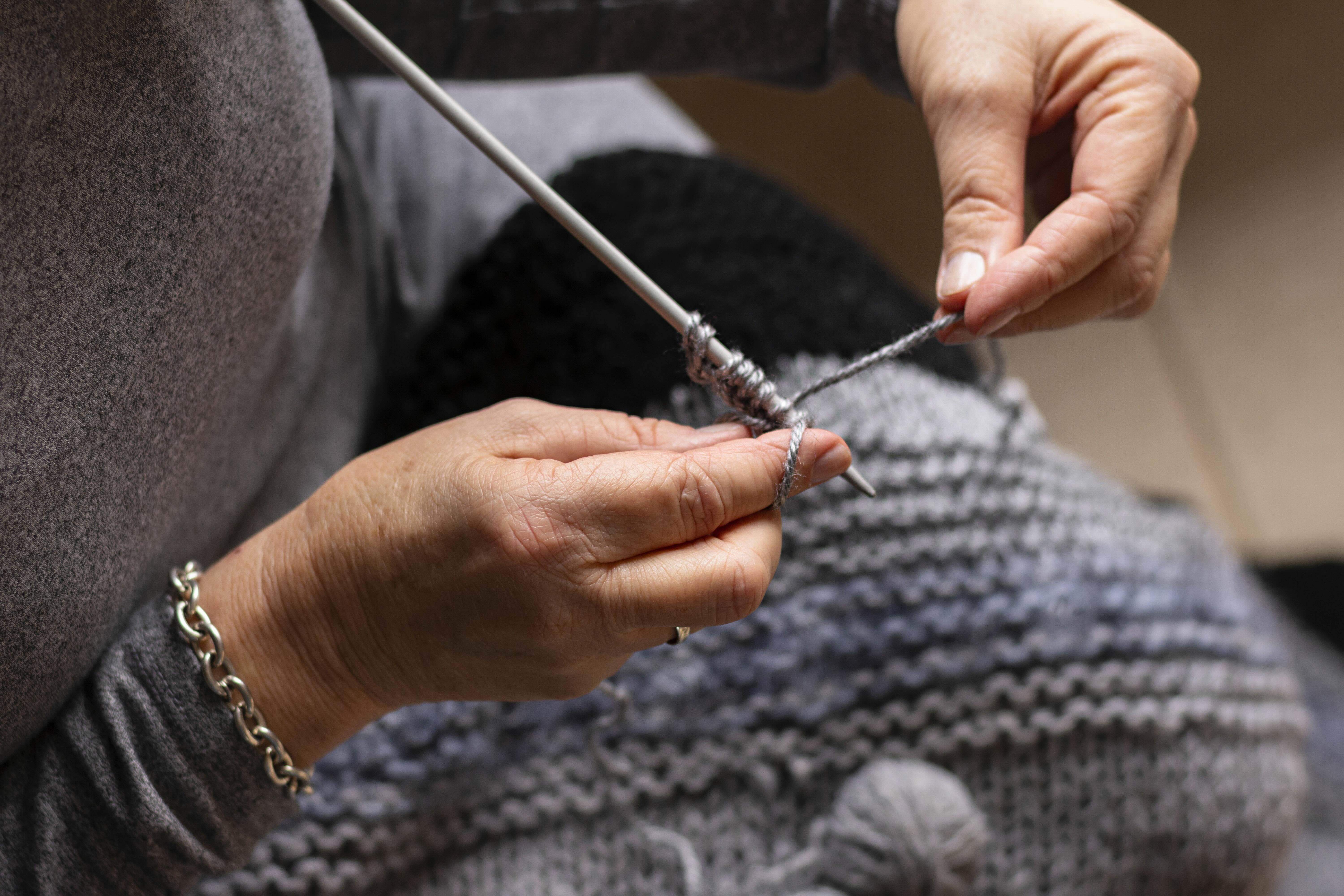Care Blog
7 Steps to Take to Ensure Your Blood Pressure Readings Are Accurate

If you have been diagnosed with heart disease, high blood pressure, or diabetes, it’s likely that your physician has encouraged you to take weekly or daily blood pressure readings with a home blood pressure monitor. But how do you know that these readings are dependable? And in addition, what do those two numbers even mean?
For a brief definition, Harvard Health explains that the top number (systolic pressure) measures artery pressure at the instant the heart beats (when your heart contracts), while the bottom number (diastolic pressure) monitors the pressure in between heartbeats (when the heart is resting). The American College of Cardiology and American Heart Association’s breakdown of normal and high blood pressure readings are:
- Normal: Less than 120/80 mm Hg
- Elevated: Systolic between 120-129 and diastolic less than 80
- Stage 1: Systolic between 130-139 or diastolic between 80-89
- Stage 2: Systolic at least 140 or diastolic at least 90 mm Hg
Hypertensive crisis: Systolic over 180 and/or diastolic over 120, with patients needing prompt changes in medication if there are no other indications of problems, or immediate hospitalization if there are signs of organ damage.
To confirm that your blood pressure readings are as precise as possible, All Care which provides Medford home care services, offers the tips below:
- Make certain to take blood pressure readings at the same time every day.
- Take a few readings one minute apart and document all results for better precision.
- Have the person sit with her back straight and supported and feet flat on the floor; crossing the legs can hinder the reading. Place the person's arm on a flat surface, with the upper arm at heart level.
- Be sure the middle of the cuff is placed directly over the person's brachial artery and fits properly. To find the brachial artery, with the person's arm stretched out with her palm facing up, trace a line from outside of the thumb, up the outer arm to the elbow's bend. At that bend is the brachial artery.
- The person whose blood pressure you are reading should not smoke, drink caffeinated beverages or exercise within 30 minutes preceding measuring blood pressure.
- The person should also remain silent and still during the reading.
- Have the person use the bathroom before the reading, since a full bladder can increase the systolic pressure.
Consumer Reports offers a beneficial blood pressure monitor buyer's guide that shares what you should look for in a good home monitor.
If you or a loved one has a problem with maintaining healthy blood pressure, All Care's Medford home care team can help – from planning and preparing wholesome meals, to picking up prescriptions and ensuring medications are taken exactly as prescribed, to helping a person remain more active, and more. We provide professional home care services in Medford and other surrounding areas in Oregon and are always here to help your loved one maintain a healthy life. To learn more, or to set up a free personalized consultation, contact us online or call our care team at (541) 857-9195.
Share:
Call Us Today
Call us today to schedule a free in-home care assessment so we can help you understand how you or a loved one can have a safe and happy life at home.

Take the Quiz
Let us know what kind of help you might need, and we’ll be back in touch to customize a plan for you.
Take the Quiz
